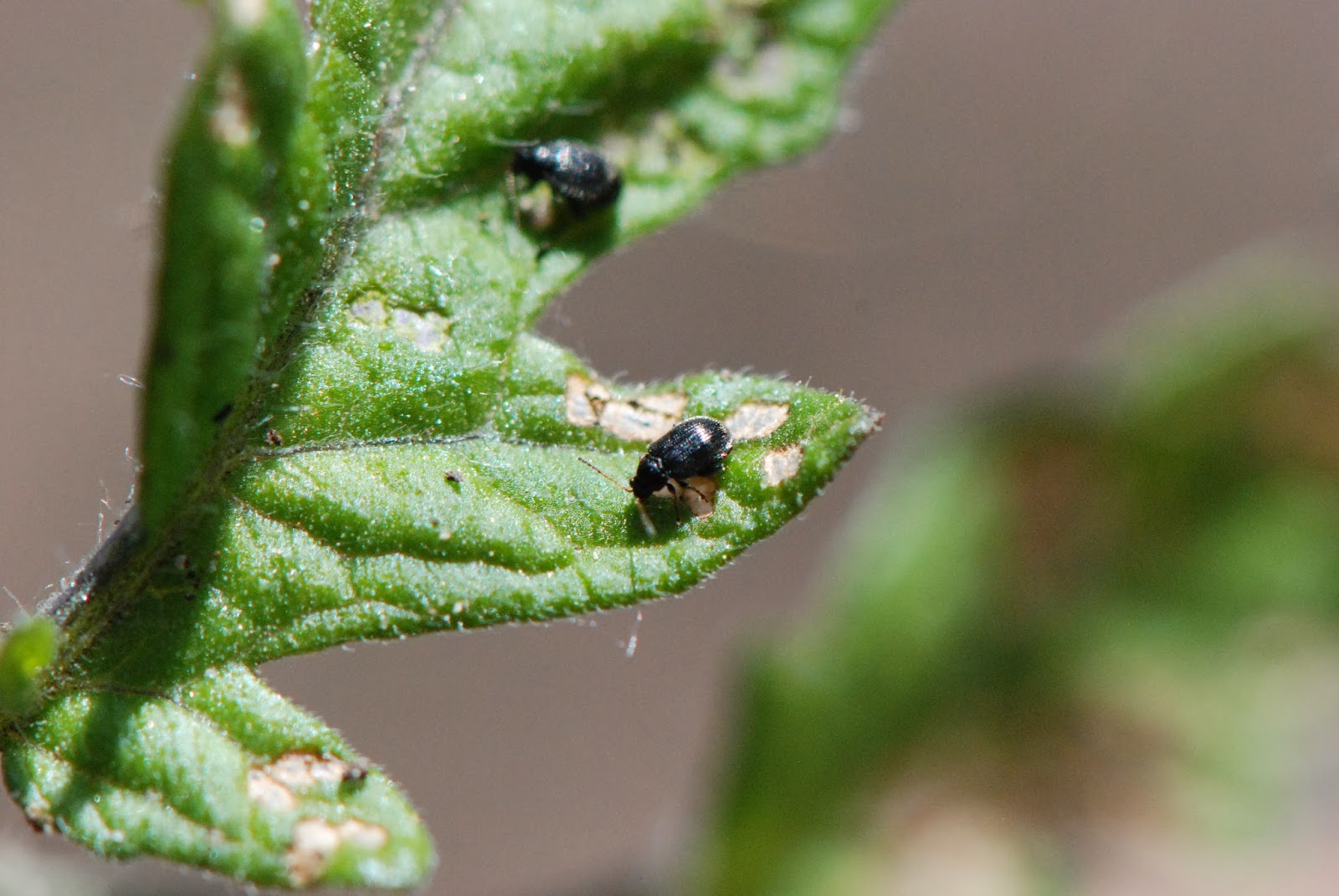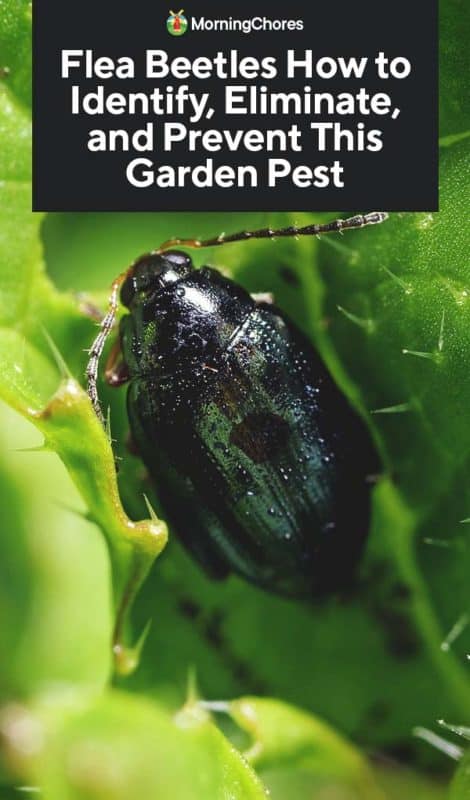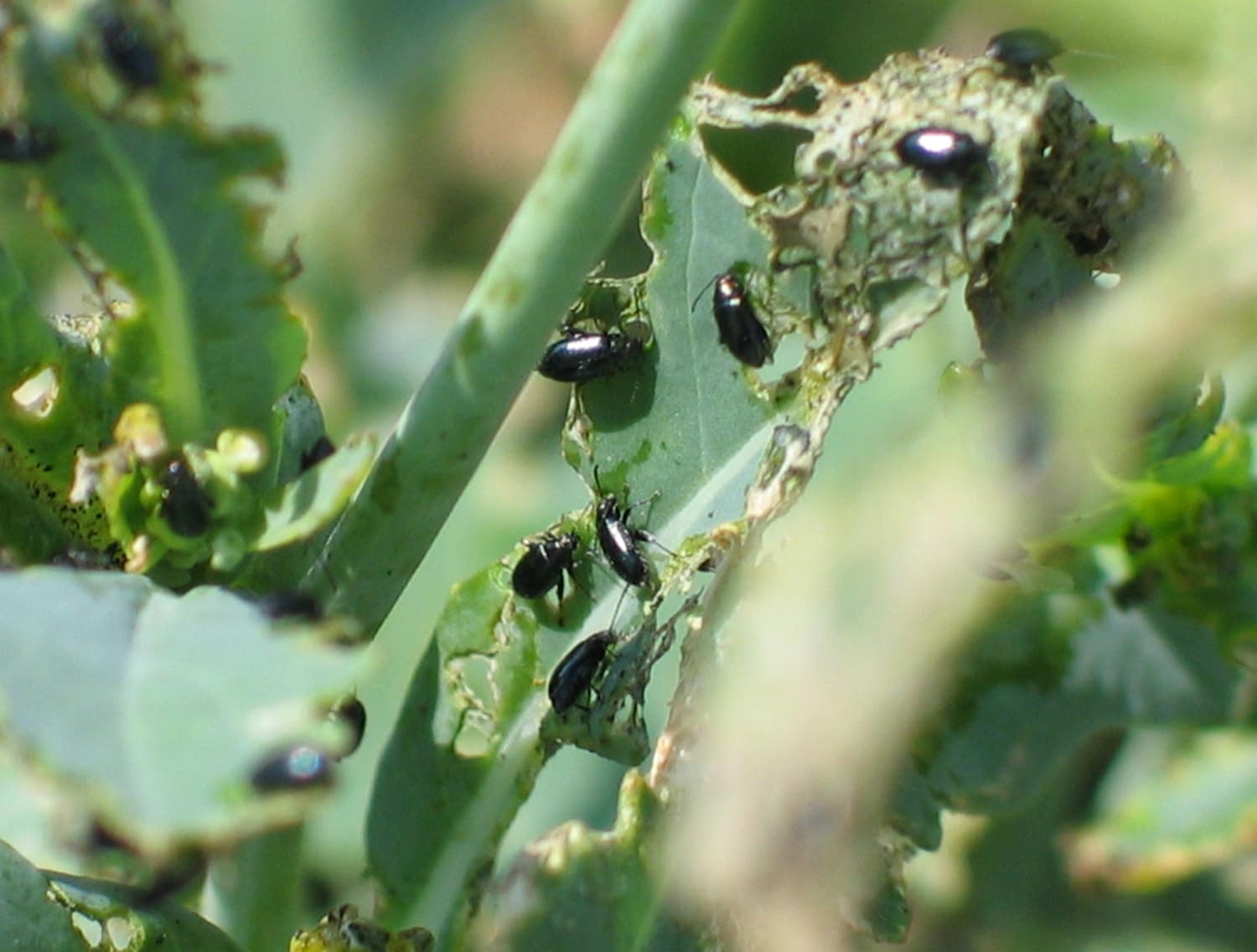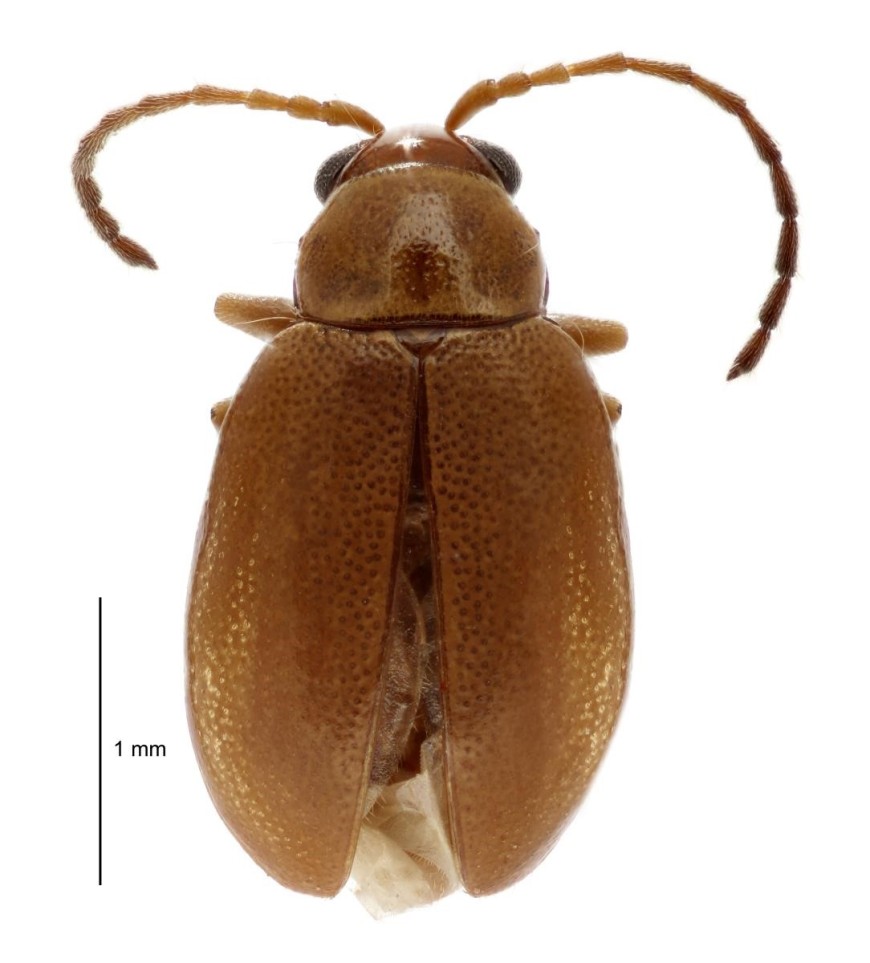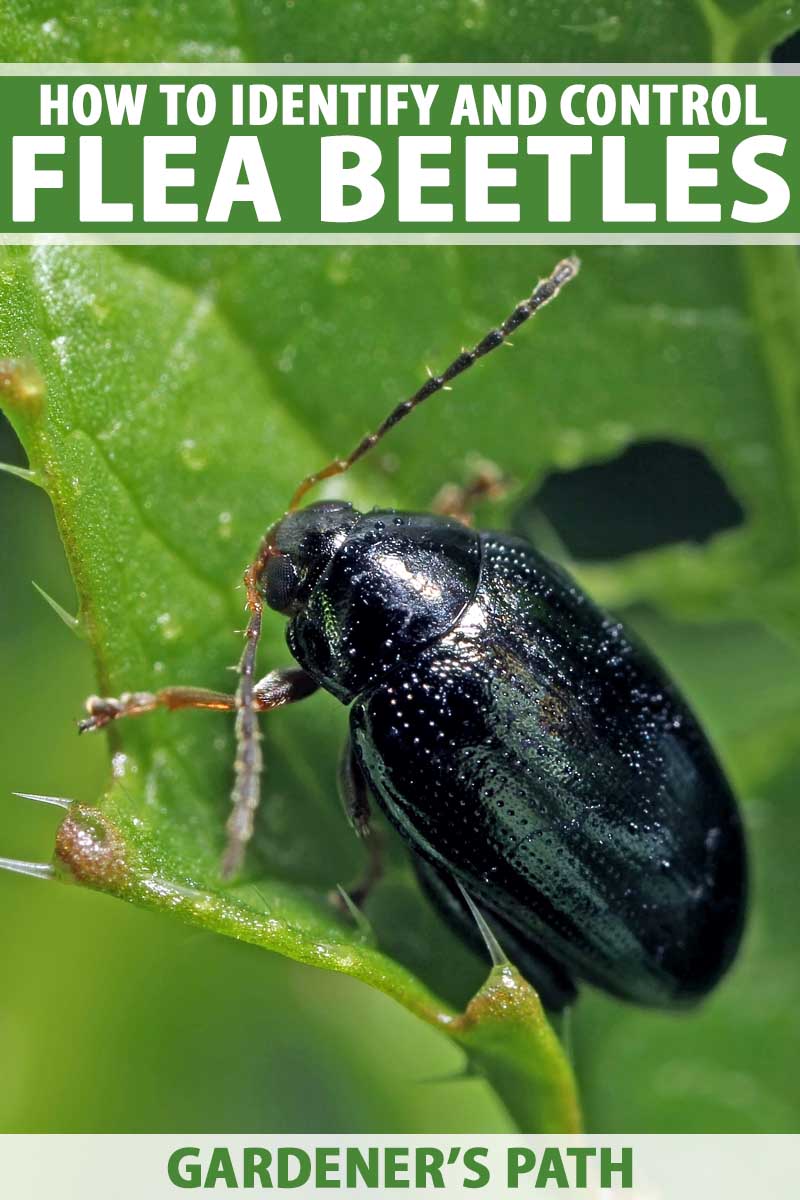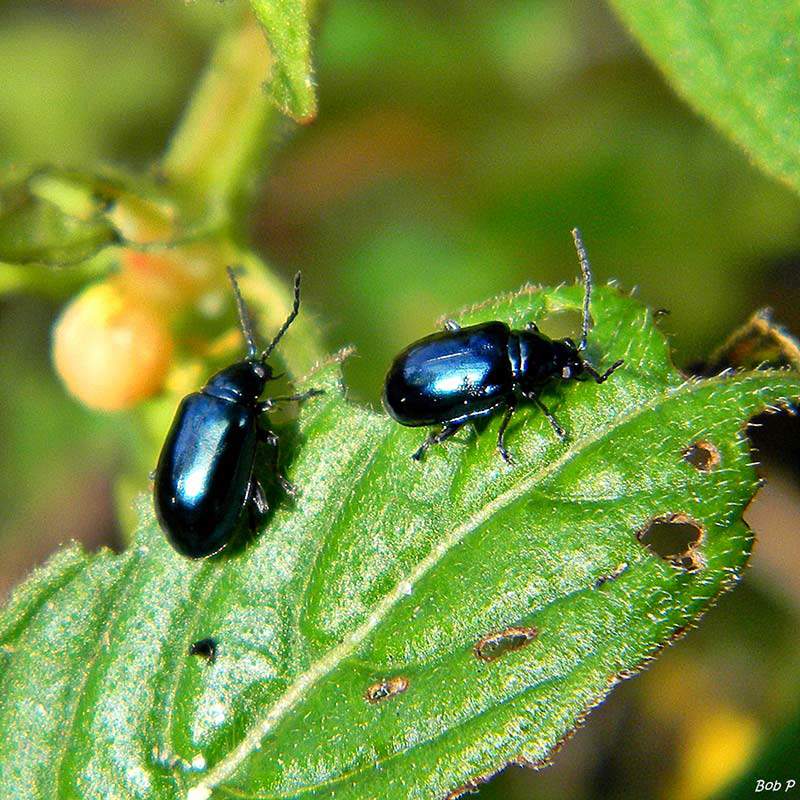Understanding the Importance of Accurate Identification
Accurate identification of flea beetles is crucial for effective management and control. Misidentification can lead to delayed or inadequate treatment, resulting in significant damage to crops and potentially devastating economic losses. Flea beetles are notorious for their ability to transmit diseases and cause extensive damage to plants, making early detection and identification essential for preventing infestations.
When it comes to understanding what flea beetles look like, it’s essential to recognize the importance of accurate identification. Flea beetles are small, jumping insects that can be easily mistaken for other pests. However, their distinctive physical characteristics, such as their enlarged hind legs and oval-shaped bodies, set them apart from other insects. By understanding these characteristics, farmers and gardeners can take proactive steps to prevent infestations and reduce the risk of damage to their crops.
The consequences of misidentification can be severe. If left unchecked, flea beetle infestations can lead to significant yield losses, reduced plant quality, and increased susceptibility to disease. Furthermore, the use of ineffective or inappropriate control methods can exacerbate the problem, leading to a cycle of escalating damage and control costs. By accurately identifying flea beetles, individuals can take targeted and effective action to prevent infestations and protect their crops.
In addition to the economic benefits, accurate identification of flea beetles can also help to reduce the environmental impact of pest control methods. By targeting specific pests and using targeted control methods, individuals can minimize the use of broad-spectrum pesticides and reduce the risk of harm to non-target species. This approach not only helps to protect the environment but also contributes to a more sustainable and responsible approach to pest management.
By understanding the importance of accurate identification and taking proactive steps to prevent infestations, individuals can protect their crops and reduce the risk of damage from flea beetles. Whether you’re a seasoned farmer or a novice gardener, recognizing what flea beetles look like is an essential skill for effective pest management and sustainable crop production.
Physical Characteristics: What to Look for
When trying to determine what flea beetles look like, it’s essential to understand their physical characteristics. Flea beetles are small, oval-shaped insects that typically range in size from 1/16 to 1/8 inch (1.5 to 3.5 mm) in length. They have a distinctive appearance, with a shiny exoskeleton that can vary in color from metallic blue or green to bronze or copper.
One of the most distinctive features of flea beetles is their enlarged hind legs, which are designed for jumping. These legs are typically longer and more muscular than their front legs, allowing them to jump significant distances in search of food or shelter. Flea beetles also have a pair of antennae that are usually shorter than their body length.
To accurately identify flea beetles, it’s crucial to examine their physical characteristics carefully. Look for the following features:
- Small, oval-shaped body
- Shiny exoskeleton with a metallic color
- Enlarged hind legs for jumping
- Short antennae
It’s also important to note that flea beetles can be mistaken for other similar-looking insects, such as aphids or whiteflies. However, flea beetles have a distinctive appearance that sets them apart from these other pests. By understanding their physical characteristics, you can more accurately identify flea beetles and take steps to manage infestations.
In addition to their physical characteristics, flea beetles also have some distinctive behaviors that can aid in identification. For example, they are known to jump when disturbed, and they often feed on plant leaves and stems. By observing these behaviors, you can gain a better understanding of what flea beetles look like and how to identify them.
How to Identify Flea Beetles: A Step-by-Step Guide
Identifying flea beetles requires careful observation and attention to detail. To help you accurately identify these pests, follow this step-by-step guide:
Step 1: Observe the Insect’s Behavior
Watch the insect’s behavior to determine if it is a flea beetle. Flea beetles are known to jump when disturbed, so gently touch the plant or leaf to see if the insect jumps away. This behavior is a key characteristic of flea beetles.
Step 2: Examine the Insect’s Physical Characteristics
Use a magnifying glass or hand lens to examine the insect’s physical characteristics. Look for the distinctive features of flea beetles, such as their enlarged hind legs, shiny exoskeleton, and oval-shaped body.
Step 3: Check for Damage to Plants
Flea beetles are known to feed on plant leaves and stems, causing small holes and damage. Check the plants for signs of damage, such as tiny holes or shredded leaves.
Step 4: Use a Field Guide or Reference Material
Consult a field guide or reference material to help you identify the insect. Look for images or illustrations of flea beetles and compare them to the insect you are observing.
Step 5: Take a Closer Look
If you are still unsure about the identity of the insect, take a closer look using a microscope or other magnifying tool. This will allow you to examine the insect’s physical characteristics in more detail.
By following these steps, you can accurately identify flea beetles and take steps to manage infestations. Remember to always be careful when handling insects, and avoid touching or disturbing them excessively.
When trying to determine what flea beetles look like, it’s essential to consider their behavior, physical characteristics, and the damage they cause to plants. By understanding these factors, you can make an accurate identification and take steps to prevent infestations.
Flea Beetle Life Cycle: Understanding the Different Stages
The life cycle of flea beetles consists of four stages: egg, larva, pupa, and adult. Understanding these stages is crucial for accurate identification and effective management.
Egg Stage:
Flea beetle eggs are typically white or yellowish in color and are laid on the surface of leaves or stems. The eggs are usually oval-shaped and about 0.1 mm in length. The female flea beetle can lay up to 100 eggs at a time, which hatch into larvae within 3-5 days.
Larval Stage:
The larval stage of flea beetles is the most damaging stage, as the larvae feed on plant leaves and stems. The larvae are legless, grub-like insects that are usually white or yellowish in color. They have a distinctive head and a series of small spines on their body. The larval stage lasts for about 2-3 weeks, during which time the larvae molt several times.
Pupal Stage:
When the larvae are fully grown, they pupate in the soil or on the surface of leaves. The pupae are usually white or yellowish in color and are about 0.5 mm in length. The pupal stage lasts for about 1-2 weeks, during which time the adult flea beetle develops.
Adult Stage:
The adult flea beetle emerges from the pupa and is usually metallic blue or green in color. The adults are about 1-2 mm in length and have distinctive enlarged hind legs that allow them to jump. The adult stage is the most visible stage, as the adults are active and feed on plant leaves and stems.
Understanding the life cycle of flea beetles is essential for accurate identification and effective management. By recognizing the different stages of flea beetles, you can take steps to prevent infestations and reduce damage to crops.
When trying to determine what flea beetles look like, it’s essential to consider their life cycle and the different stages of development. By understanding these stages, you can make an accurate identification and take steps to prevent infestations.
Common Types of Flea Beetles: A Visual Guide
Flea beetles are a diverse group of insects, with over 400 species found worldwide. While they share many similarities, each species has its unique characteristics and features. Here, we will showcase some of the most common types of flea beetles, highlighting their distinctive features and habits.
 Flea Beetle Species 1: The Blue Flea Beetle
Flea Beetle Species 1: The Blue Flea Beetle
The blue flea beetle (Aphthona cyanella) is one of the most common species found in North America. It has a distinctive blue color with a metallic sheen and is known for its ability to jump long distances. The blue flea beetle is a significant pest of alfalfa and other legume crops.
 Flea Beetle Species 2: The Green Flea Beetle
Flea Beetle Species 2: The Green Flea Beetle
The green flea beetle (Aphthona viridis) is another common species found in North America. It has a greenish-yellow color with a distinctive white stripe on its back. The green flea beetle is known for its ability to feed on a wide range of plants, including crops and weeds.
 Flea Beetle Species 3: The Red Flea Beetle
Flea Beetle Species 3: The Red Flea Beetle
The red flea beetle (Aphthona rubra) is a common species found in Europe and Asia. It has a distinctive red color with a metallic sheen and is known for its ability to feed on a wide range of plants, including crops and weeds.
These are just a few examples of the many different types of flea beetles that exist. By understanding the unique characteristics and features of each species, you can better identify and manage flea beetle infestations.
When trying to determine what flea beetles look like, it’s essential to consider the different species and their unique characteristics. By understanding these differences, you can make an accurate identification and take steps to prevent infestations.
Behavioral Characteristics: What Flea Beetles Do
Flea beetles are known for their unique behavioral characteristics, which can aid in identification and management. Understanding these behaviors can help you recognize flea beetles and take steps to prevent infestations.
Feeding Habits:
Flea beetles are herbivores and feed on plant leaves, stems, and flowers. They use their mouthparts to pierce the plant tissue and suck out the sap, causing damage to the plant. Flea beetles are known to feed on a wide range of plants, including crops, weeds, and ornamental plants.
Mating Behaviors:
Flea beetles mate in the spring and summer months, and the females lay their eggs on the surface of leaves or stems. The males use their enlarged hind legs to jump and vibrate their bodies to attract females. After mating, the females lay their eggs, which hatch into larvae within a few days.
Social Interactions:
Flea beetles are social insects and often gather in large groups on plants. They use chemical signals to communicate with each other and coordinate their behavior. Flea beetles are also known to be attracted to light and can be found near light sources, such as windows or lamps.
Understanding the behavioral characteristics of flea beetles can help you identify them and take steps to prevent infestations. By recognizing their feeding habits, mating behaviors, and social interactions, you can develop effective management strategies to control flea beetle populations.
When trying to determine what flea beetles look like, it’s essential to consider their behavioral characteristics. By understanding these behaviors, you can make an accurate identification and take steps to prevent infestations.
Lookalike Pests: How to Distinguish Flea Beetles from Similar Insects
Flea beetles can be easily mistaken for other similar-looking insects, such as aphids or whiteflies. However, there are some key differences that can help you distinguish flea beetles from these lookalike pests.
Aphids:
Aphids are small, soft-bodied insects that feed on plant sap. They are often found in large groups on the stems and leaves of plants. Aphids are typically pear-shaped and have a distinctive pair of cornicles on their rear end. Flea beetles, on the other hand, are more elongated and have a distinctive pair of enlarged hind legs.
Whiteflies:
Whiteflies are small, winged insects that feed on plant sap. They are often found in large groups on the undersides of leaves. Whiteflies are typically white or yellowish in color and have a distinctive pair of wings. Flea beetles, on the other hand, are more elongated and have a distinctive pair of enlarged hind legs.
To distinguish flea beetles from these lookalike pests, look for the following characteristics:
- Enlarged hind legs
- Elongated body shape
- Distinctive color patterns
- Behavioral characteristics, such as jumping or flying
By understanding the differences between flea beetles and lookalike pests, you can make an accurate identification and take steps to prevent infestations.
When trying to determine what flea beetles look like, it’s essential to consider the possibility of lookalike pests. By understanding the differences between flea beetles and other similar-looking insects, you can make an accurate identification and take steps to prevent infestations.
Conclusion: Mastering Flea Beetle Identification
Accurate identification of flea beetles is crucial for effective management and control. By understanding the physical characteristics, life cycle, behavioral characteristics, and lookalike pests, you can make an informed decision about how to manage flea beetle infestations.
Remember, accurate identification is key to preventing infestations and reducing damage to crops. By mastering flea beetle identification, you can take steps to protect your crops and prevent economic losses.
Practice your identification skills by observing flea beetles in their natural habitat or by studying images and illustrations. Seek further resources if needed, and consult with experts in the field to gain a deeper understanding of flea beetle biology and management.
By following the guidelines outlined in this article, you can become proficient in identifying flea beetles and take steps to prevent infestations. Remember, accurate identification is the first step towards effective management and control.
When trying to determine what flea beetles look like, it’s essential to consider the various characteristics and features that distinguish them from other insects. By mastering flea beetle identification, you can take steps to prevent infestations and protect your crops.


